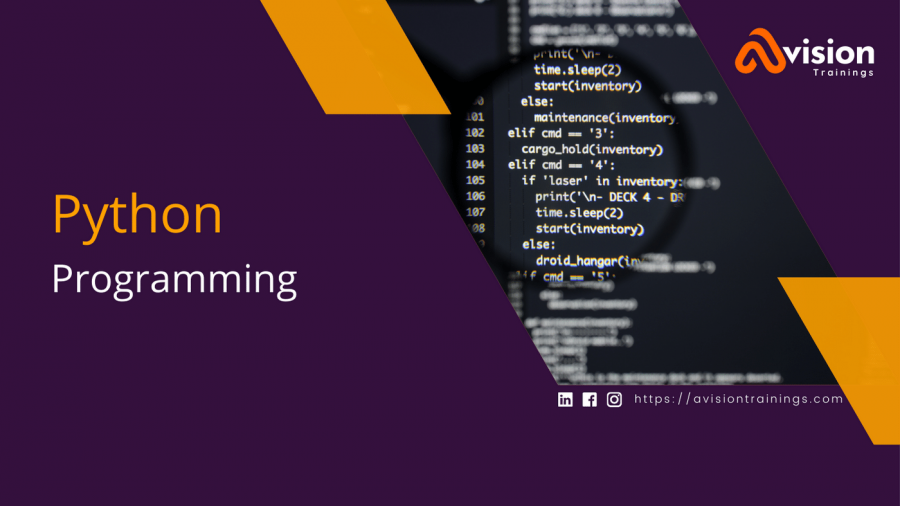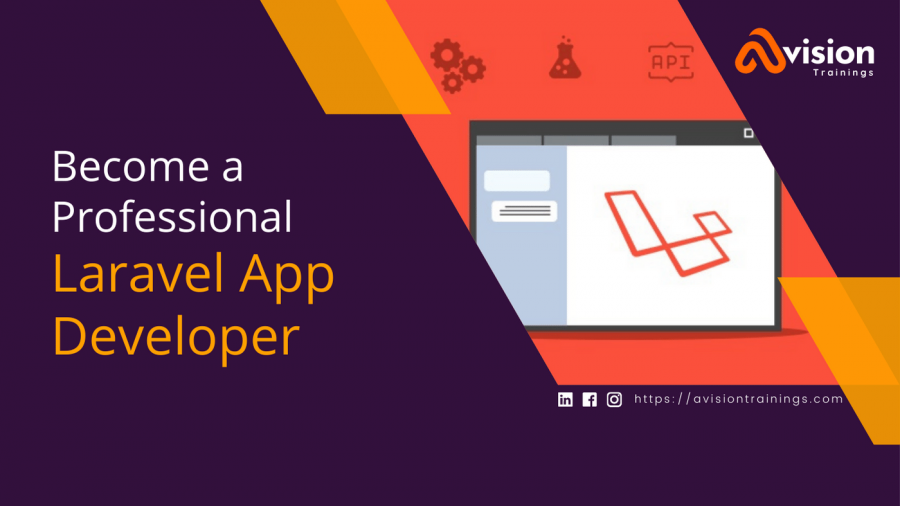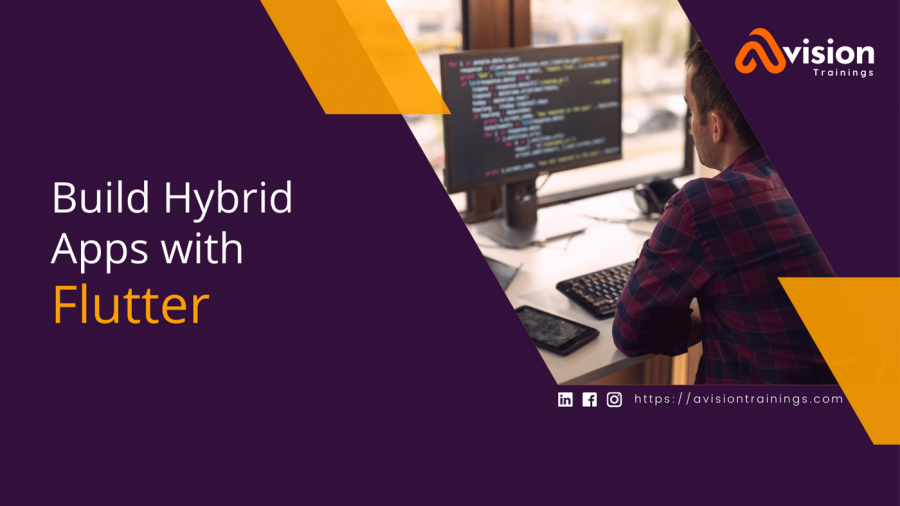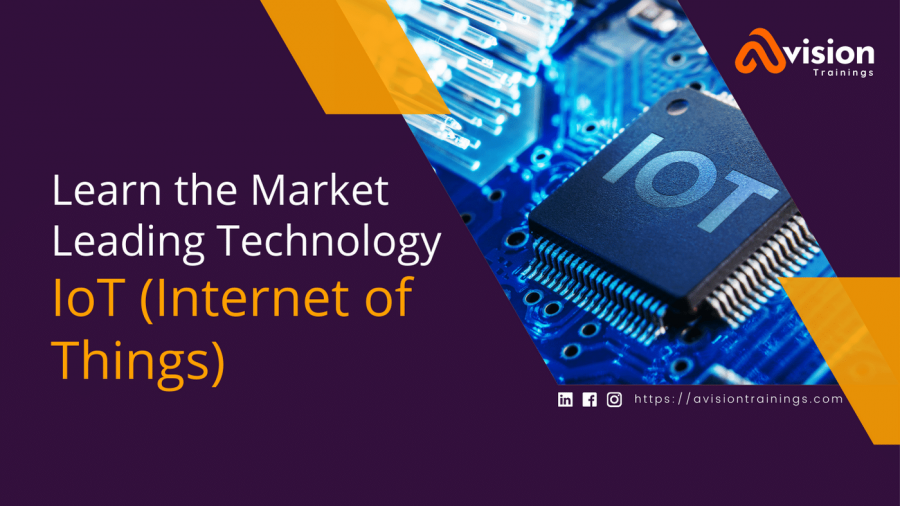Internet of things (IoT) Training Course in Lahore, Pakistan | IoT Training Institute - Avision Trainings
IoT (Internet of Things) Course
The Internet of Things (IoT) is revolutionizing the way we live and work. With the increasing number of connected devices and the vast amount of data they generate, organizations need to stay ahead of the curve to take full advantage of the opportunities IoT provides. This is where IoT training comes in.
What is IoT(Internet of Things)?
The Internet of Things (IoT) refers to the network of physical devices, vehicles, buildings, and other items embedded with electronics, software, sensors, and connectivity which enables these objects to collect and exchange data. This network of connected devices allows for the seamless sharing of information and can be used to monitor, control, and automate various aspects of daily life and business operations. The IoT can be applied in a wide range of industries, including healthcare, manufacturing, transportation, and smart cities. Some examples of IoT devices include smart thermostats, fitness trackers, and connected cars. As the number of connected devices continues to grow, the IoT is expected to have a significant impact on the way we live and work.
An IoT training course is a great way to develop the knowledge and skills necessary to create and implement IoT solutions for your organization. The course will provide an overview of the latest IoT technologies, trends, and best practices, as well as hands-on experience with the tools and techniques needed to implement IoT solutions.
Benefits of IoT Training Course
One of the key benefits of IoT training is that it equips individuals with the knowledge and skills needed to make data-driven decisions. With the vast amount of data generated by IoT devices, it is essential to understand how to analyze, visualize and extract insights from this data. IoT training also provides individuals with the ability to develop and implement IoT solutions that can help organizations improve operational efficiency, reduce costs and drive revenue growth.
Another key benefit of IoT training is that it can help organizations stay ahead of the curve in terms of emerging technologies and trends. As the IoT landscape continues to evolve, organizations that are well-versed in the latest technologies and trends will be better equipped to take advantage of the opportunities they provide.
IoT training is also an excellent way for organizations to upskill their workforce, as it provides individuals with the skills needed to develop and implement IoT solutions. This helps organizations to stay competitive and to meet the changing needs of their customers.
Overall, IoT training is essential for organizations that want to take full advantage of the opportunities provided by the Internet of Things. By providing individuals with the knowledge and skills needed to create and implement IoT solutions, organizations can improve their operational efficiency, reduce costs and drive revenue growth.
Whether you're a business leader, developer, or IT professional, an IoT training course can help you stay ahead of the curve and prepare you for the future of the IoT. So, consider an IoT training course today, and take your organization to the next level!
IoT Certifications
Internet-of-things (IoT) Training Course Contents
Installations
- Required micro-controller
- Install Raspberry pi firmware
- USB to Serial
- Download a driver software for your development board
- Install board packages and Drivers (Libraries)
Create and Test Run Your First Project
- Led on off
- Blink
- How does the program work?
- Explore the Raspberry pi 3 IDE
Basic Components and Digital Output
- General Purpose Input Output
- Basic tools and electronic components
- Digital Output -- "my Blink"
- Basic Sketch Programming
- GPIO configuration
- Working with breadboard and circuit configuration
Using Serial Monitor to Debug Your Sketch
- Debugging Your Sketch Using Serial Monitor
- View Graph/waveforms using Serial Plotter
- Send data using Serial monitor
Digital Input
- Digital Input
- Monitoring input from digital sensors
- Using built-in pull-up resistors
Analog Input Output
- Analog Input
- Adjustable Blink
Pulse-width Modulation (PWM) and Analog Output
- Pulse-width Modulation: PWM
- Generating an analog signal from pulse-width modulation
- Dimming an LED with PWM
Connect sensors to your IoT
- Temperature sensor: LM35
- Temperature & Humidity sensor: DHT series
Webserver Connection
- Configure Web Server on Raspberry pi 3
- Configure apache and MySQL
IoT Connectivity with live APIs
- Message Queuing Telemetry Transport (MQTT)
- Play around with MQTT
- Publish and Subscribe using Mobile Devices
- Publish and Subscribe using Micro-controller (MCU)
Final Project
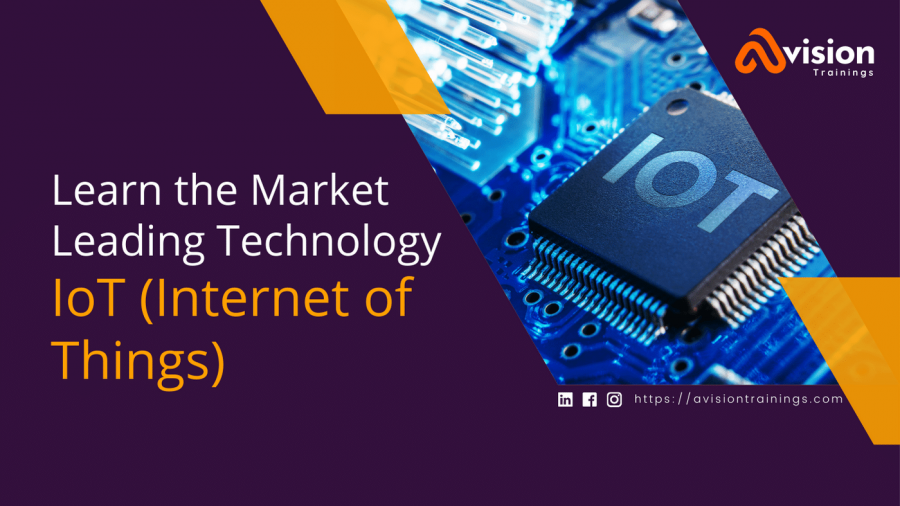
Rs: 30,000
- Level:Beginner to Professional
- Class Timings:4:00-5:30pm
- Duration:1.5 Months
- Days:Mon-Tu-Wed
- Course Certificate
- Lifetime Support
- Free Trial Session




